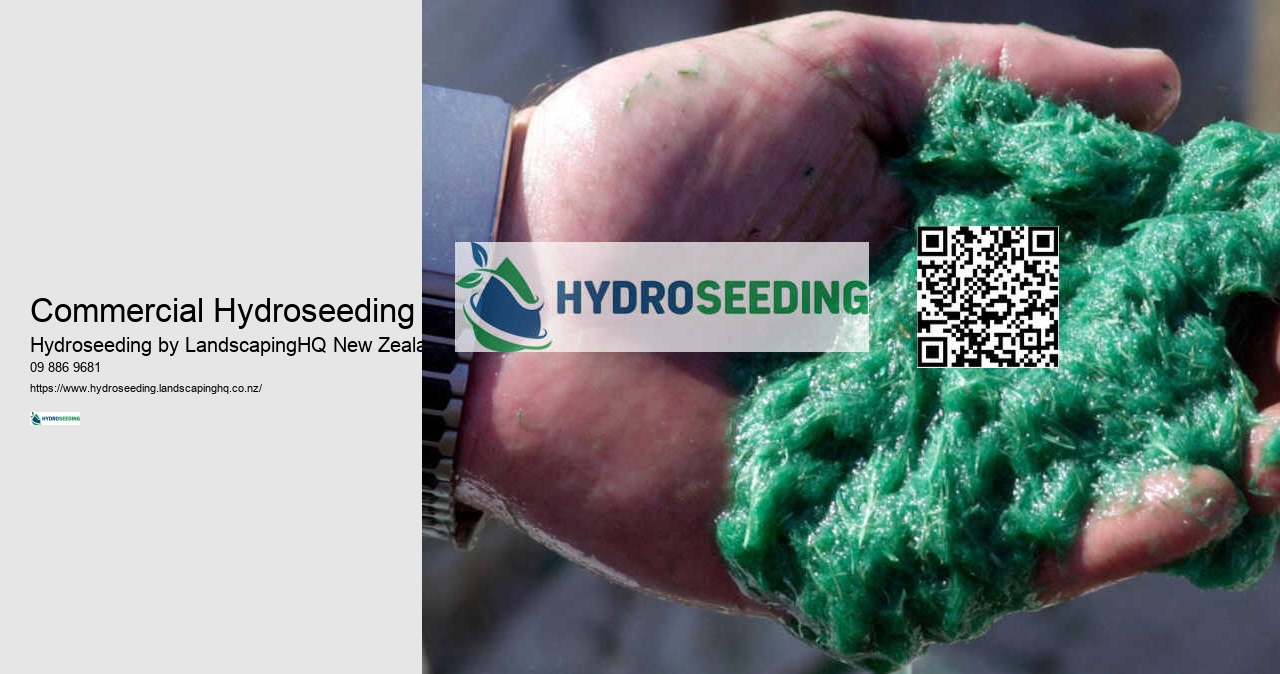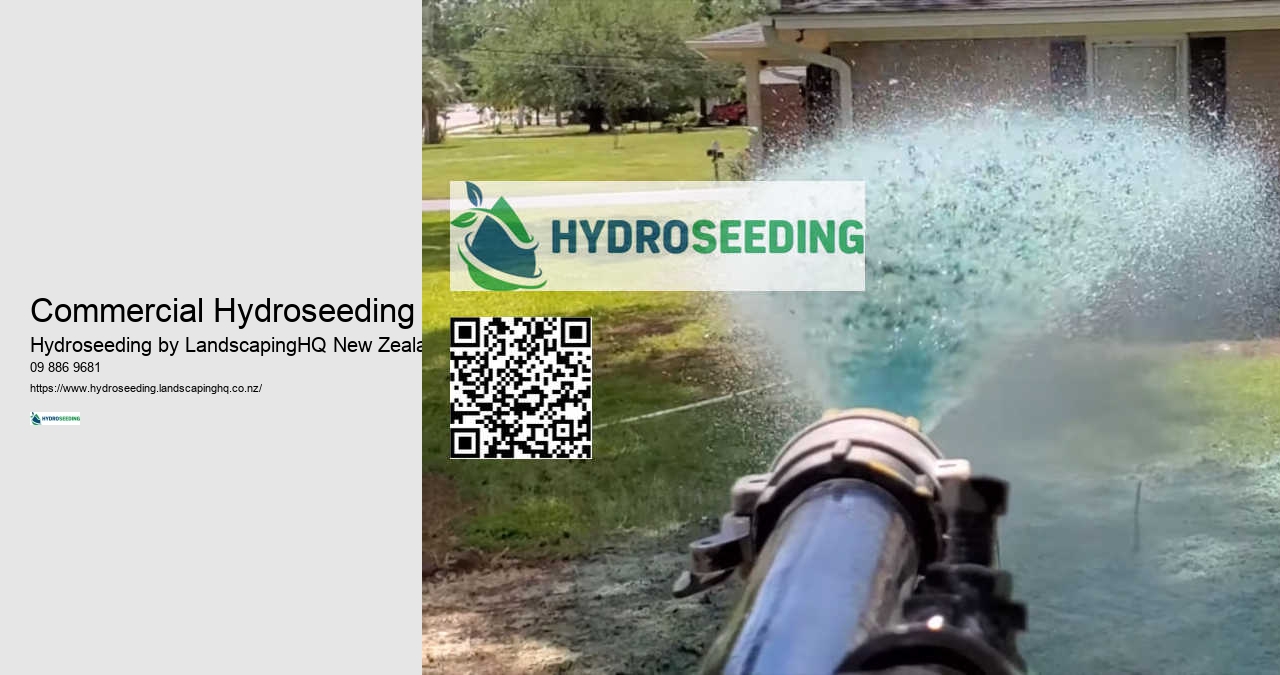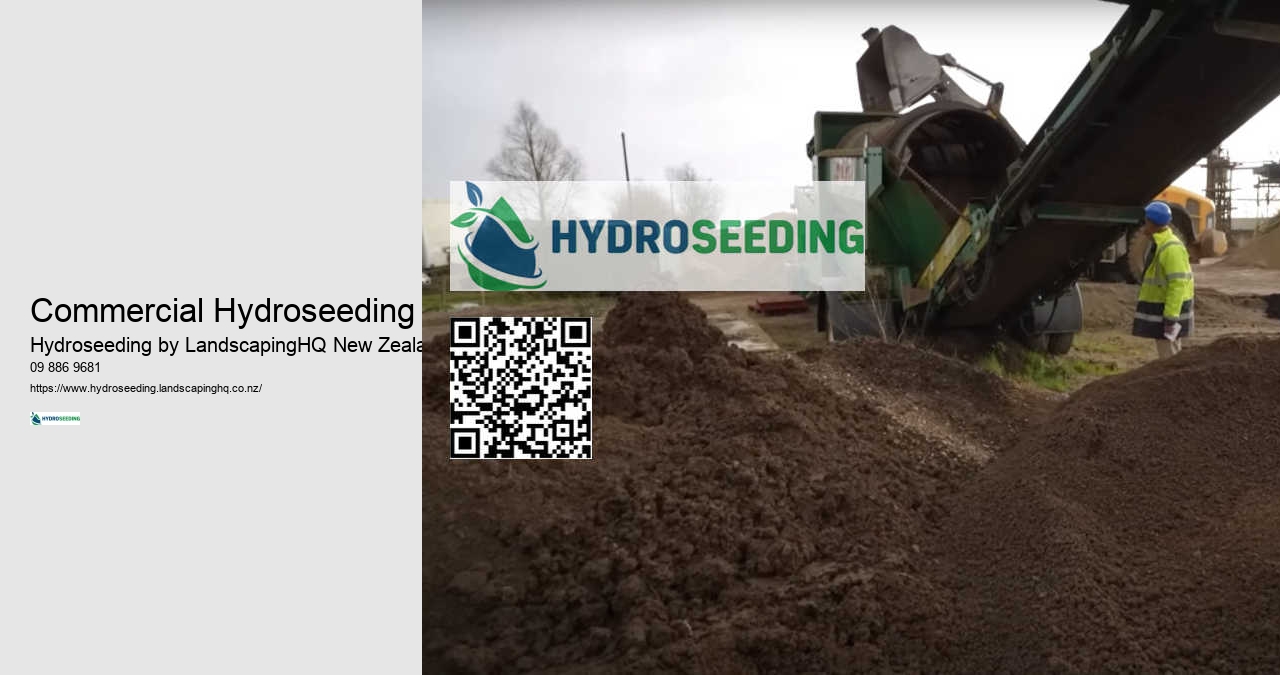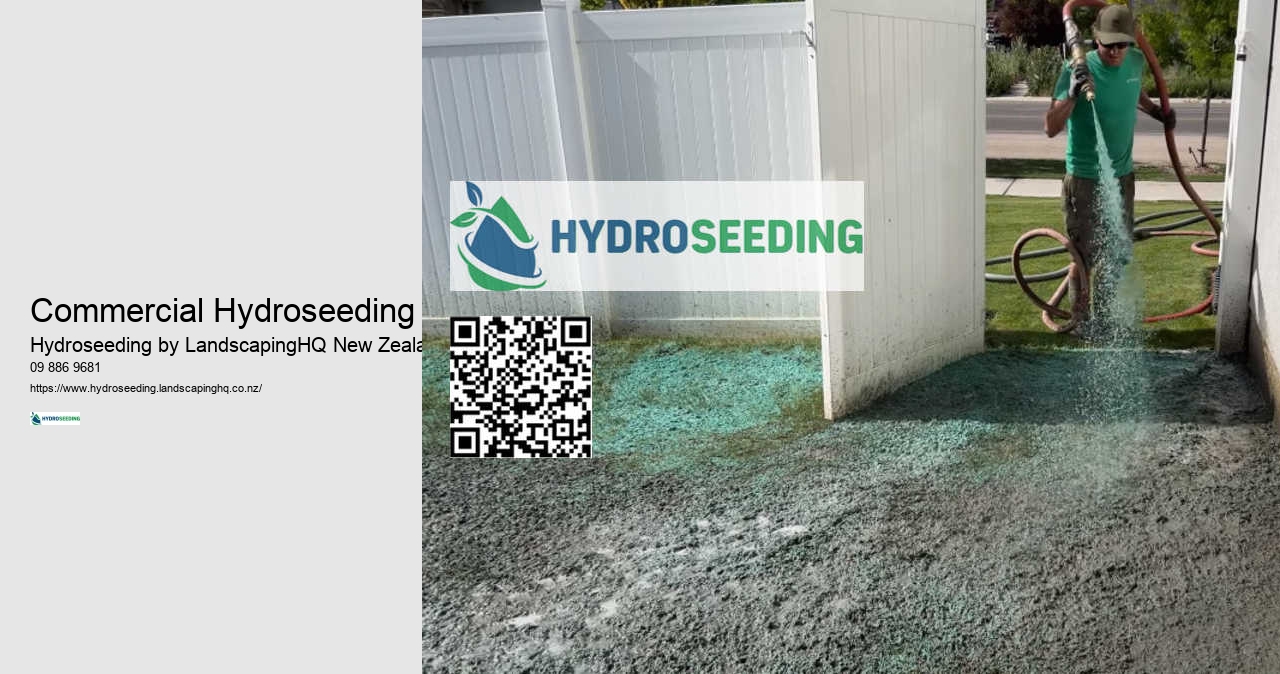

This mixture is then pumped through a hose and applied evenly across the area. Achieve lush green landscapes effortlessly - Learn how Hydroseeding New Zealand can make a difference. We understand that each project requires specific tools to achieve optimal results, and selecting the right machinery can make all the difference. Hydroseeding fits in perfectly with the growing trend of environmentally-friendly practices. Our team uses a mix of specialized seeds, mulches, fertilizers, water and we spread it uniformly across the target area. For schools, maintaining a safe and appealing environment is crucial.
This is because it combines mulch, seed, fertilizer, and water into a slurry that's efficiently sprayed over a large area, reducing labor costs and material waste. One of the key aspects of successful hydroseeding is effective weed control, which ensures that your newly established lawn or landscape thrives without competition. Fertilization also plays an important role in maintaining your lawn.
We should hydroseed in the spring or early autumn, when conditions favor grass. Lastly, we shouldn't overlook weed control. In the warmer northern regions, hydroseeding might extend into late autumn.
It is important to take a proactive approach in maintaining a hydroseeded yard, especially with its lush greenery and vigorous growth. Using hoses in a variety of lengths allows you to maneuver different terrains.
Let's stick to the fertilization recommendations, using the right type and quantity at the right time. Our process is designed for efficiency, minimizing disruption while maximizing results. By using a specialized slurry of seed, mulch, and nutrients, we ensure rapid germination and growth, leading to a resilient playing surface. Hydroseeding large surfaces is fast. Call us for a free consultation today! However, hydroseeding streamlines the process by allowing us to cover large plots quickly and evenly.
Another mistake we should avoid is neglecting soil preparation before hydroseeding. During these seasons, temperatures are moderate, and rainfall is typically sufficient to support the germination and growth of seeds. During the growing season, we should continue fertilizing every six to eight week. Hydroseeding offers quick germination and results, translating into reduced maintenance costs.
Next, you need to consider soil conditions. Water pooling can damage seeds and prevent germination if drainage is not done properly. Proper soil preparation involves removing debris, testing pH levels, and ensuring the soil is well-aerated. We know that controlling erosion is crucial for maintaining healthy landscapes, whether it's a residential backyard or a sprawling commercial property.
For this reason, we suggest that the soil be thoroughly tilled and rocks or other obstructions removed before the hydroseed mixture is applied. Our commitment for excellence means that we not only meet your expectations, but exceed them. It will grow thicker with time.
This is because it combines mulch, seed, fertilizer, and water into a slurry that's efficiently sprayed over a large area, reducing labor costs and material waste. By sowing grass in the fall, we can ensure that it will be lush and green come spring. Fertilizing is another essential aspect. It uses fewer resources and results in less soil disturbance. We understand the unique challenges that come with maintaining public spaces. Our hydroseeders feature a mixing trough, pump and spray nozzle.
But the right application technique can make it even more effective. Bermuda grass By investing in quality equipment and meticulous upkeep, we deliver the lush, vibrant landscapes our clients envision. We recognize the unique challenges involved in maintaining public spaces. This step ensures that the soil can support the seed's growth, providing the essential nutrients they need to thrive.
It is best to avoid the hot and dry summer months so that the seeds do not dry out. Hydroseeding can also be a very cost-effective solution. In the end, our needs and circumstances will determine whether we choose hydroseeding over traditional seeding. Adapting our seeds to the local climate maximizes results and promotes sustained growth.
We help to preserve your landscape by minimizing soil movement. While we're committed to maintaining our hydroseeded lawns with care and precision, it's equally important to be aware of common mistakes that can hinder our efforts. Additionally, the mulch component aids in moisture retention, providing a conducive environment for seeds to sprout and establish roots quickly.


Hydroseeding isn't just about spreading seeds; it combines science and artistry to produce lush, green lawns efficiently. This allows the roots to penetrate easier, which promotes healthy growth. Budget constraints are another concern for councils. Environmental impact is another benefit worth noting. Timing is another essential factor. It's an ideal choice for those looking to balance cost with quality, ensuring lush, healthy lawns without breaking the bank.
It's also about healthy growth and long term satisfaction. By using natural materials and promoting healthy soil, we contribute to green spaces that are both beautiful and environmentally responsible. We must ensure our lawns receive adequate moisture, especially during the crucial germination period. By employing this method, we guarantee efficient establishment of vegetation that meets our clients' needs and expectations.
Our landscapes face numerous challenges, from erosion to the need for sustainable greenery. Together, let's embrace this innovative approach for a greener future. This flexibility allows parks to maintain their natural beauty while supporting biodiversity and ecological health. We take pride in working closely with homeowners to deliver a lawn that enhances their property's curb appeal and provides a welcoming outdoor space.
Next, we mix the hydroseeding slurry in a specialized tank, ensuring the components are well-combined for even application. In New Zealand hydroseeding became popular due to it's ability to produce uniform growth on large areas. This method sprays a mixture of seed, fertilizer and water onto the soil to ensure rapid germination.
Similarly, in the cooler southern areas, early spring seeding could be more beneficial. A vibrant, healthy lawn can set the tone for your business, reflecting professionalism and care. We must also be careful about over-fertilizing. This is particularly valuable for areas with high foot traffic, where traditional seeding might falter. Additionally, the ability to customize seed blends ensures the grass is perfectly suited to the local climate and intended use, enhancing durability and performance.

Once the grass establishes, we can reduce watering to two to three times a week. Cool-season grasses like fescues and ryegrasses are ideal for southern regions, while warm-season varieties such as kikuyu might thrive in the north. It allows councils to spend their resources on other community projects, without compromising the quality of their green spaces. This can lead to significant water savings, which is crucial for sustainable landscaping practices. Since the slurry retains moisture and contains all nutrients, we can spend less on irrigation and fertilization.
Our approach begins with preparing the soil to ensure it's ready to receive the hydroseeding mixture. Our hydroseeding experience allows us to deliver high-quality turf. The hydroseeding process streamlines this process because it allows us to cover large areas quickly and evenly.
Lastly, we'll smooth out the surface. Landscaping New Zealand's diverse weather patterns mean we need to carefully choose the right season to maximize growth and establish healthy, resilient lawns. The result is a smoother playing surface with fewer bare areas.
Proper care after hydroseeding is crucial for achieving the best results, and that's where our watering guidelines and maintenance tips come in handy. It also maintains its lush appearance.
The temperatures during these seasons are moderate, while rainfall is usually sufficient to encourage seed germination. As we look to the future, it's clear that hydroseeding will play a pivotal role in New Zealand's landscaping and environmental restoration efforts.

Slope instability can be prevented by establishing vegetation, maintaining proper drainage, and avoiding excess water accumulation. Hydroseeding is an excellent method for rapid vegetation cover, which helps hold the soil in place. Strategic landscaping and retaining structures can also aid in stabilizing slopes. For expert advice on preventing slope instability, consult Hydroseeding New Zealand.
Hydroseeding can potentially stain concrete due to the green dye in the hydroseed mixture. The dye helps monitor even application, but it�s best to avoid overspray on concrete surfaces. Any accidental staining can usually be removed if rinsed off immediately. Our team at Hydroseeding New Zealand takes care during application to minimize the chance of staining, ensuring a clean and effective process.
Native grasses with deep root systems, such as fescues, work well for hillside erosion control. Hydroseeding New Zealand can recommend specific seed varieties suited to hillside conditions for effective stabilization.